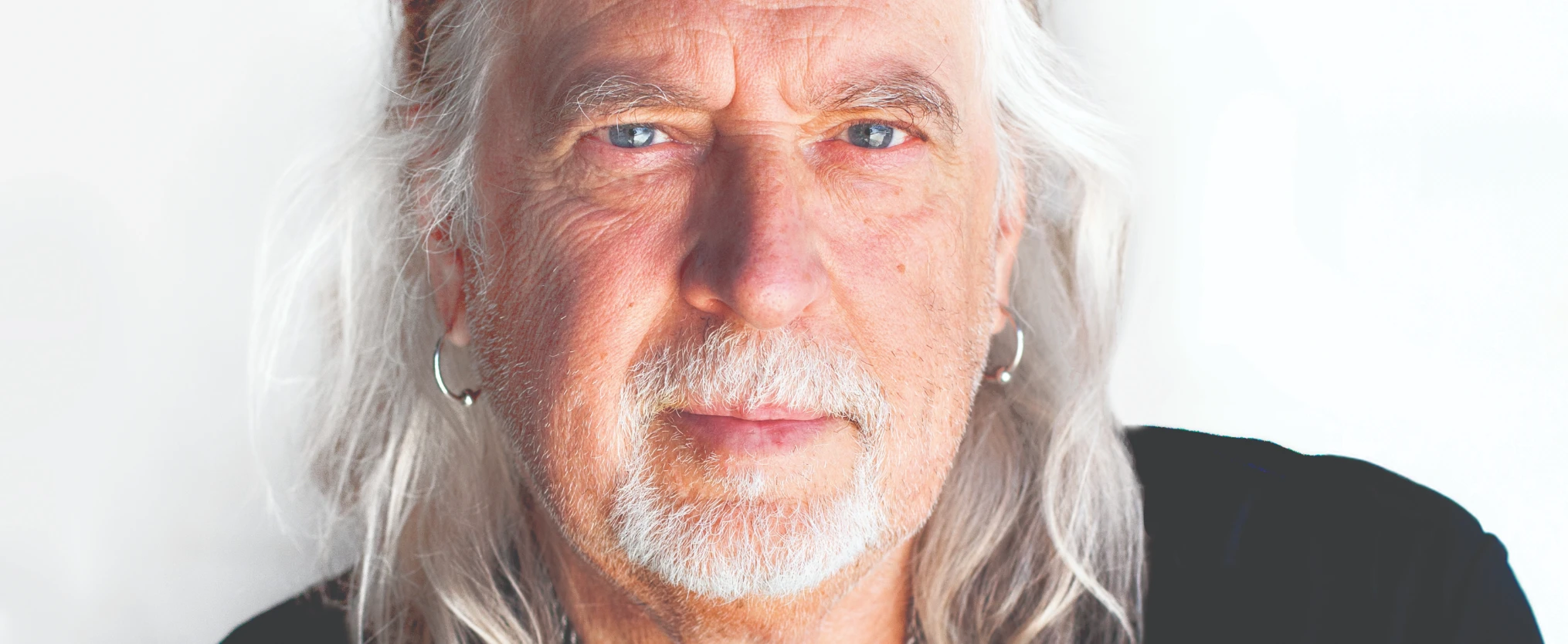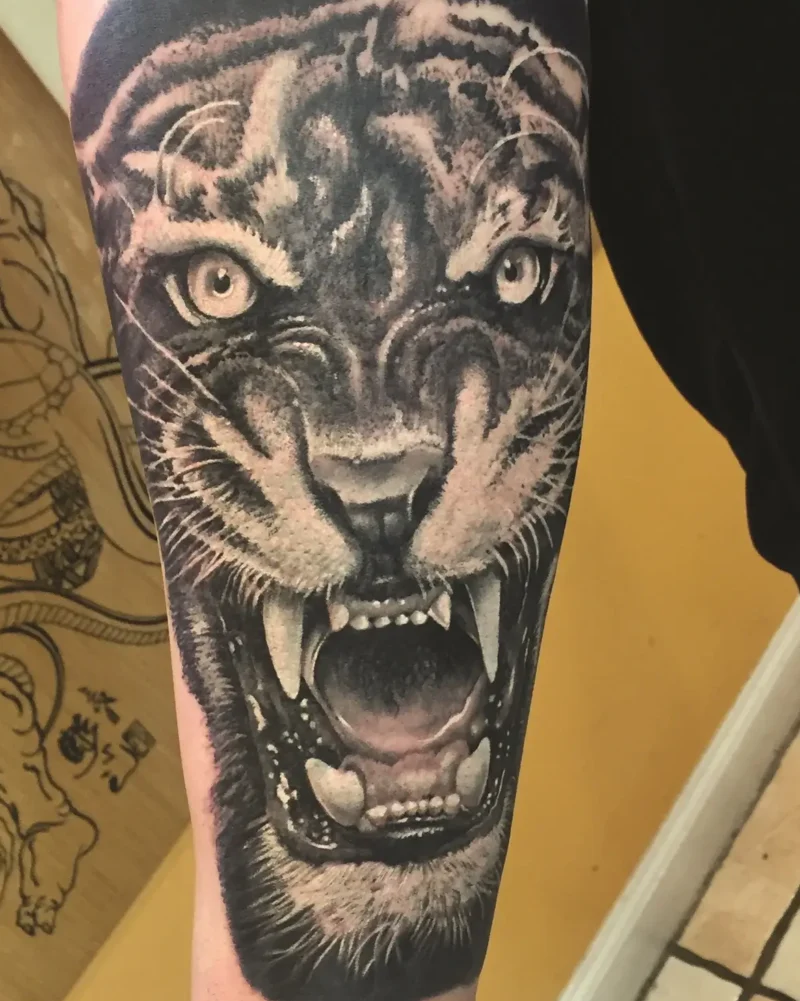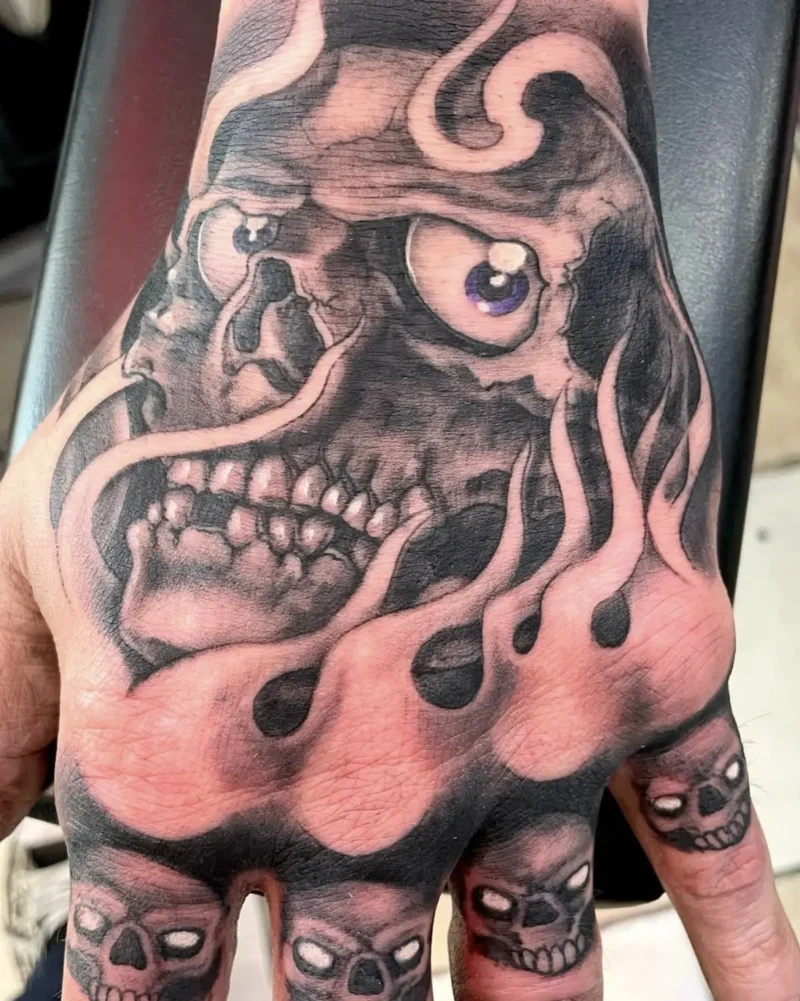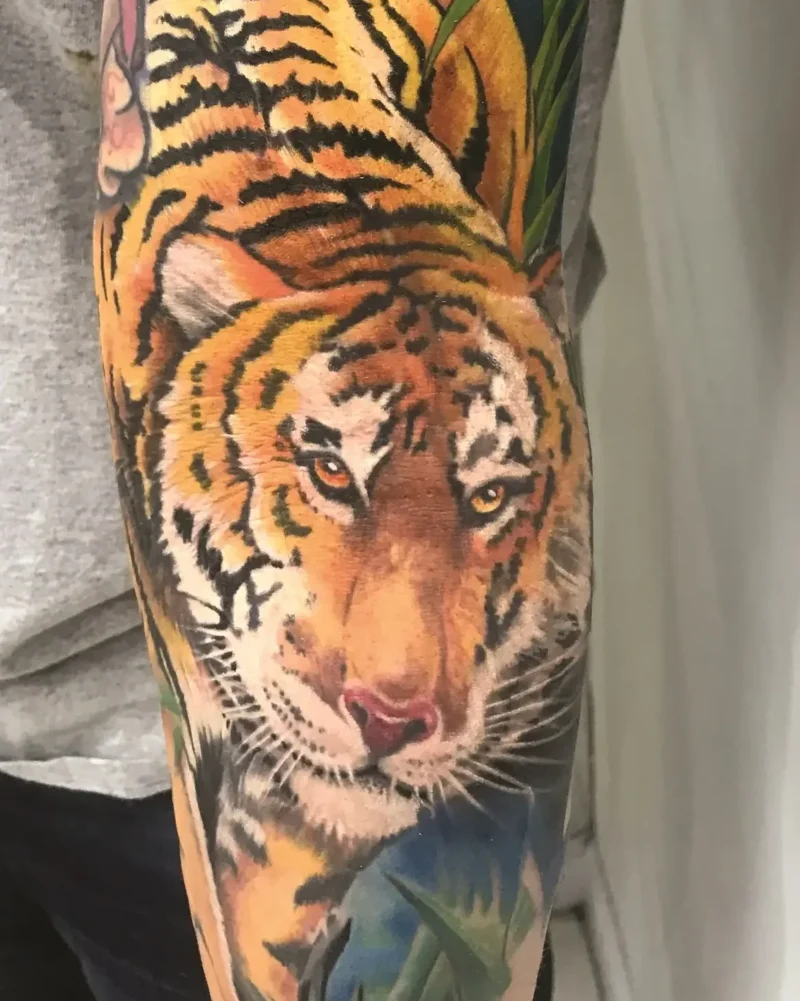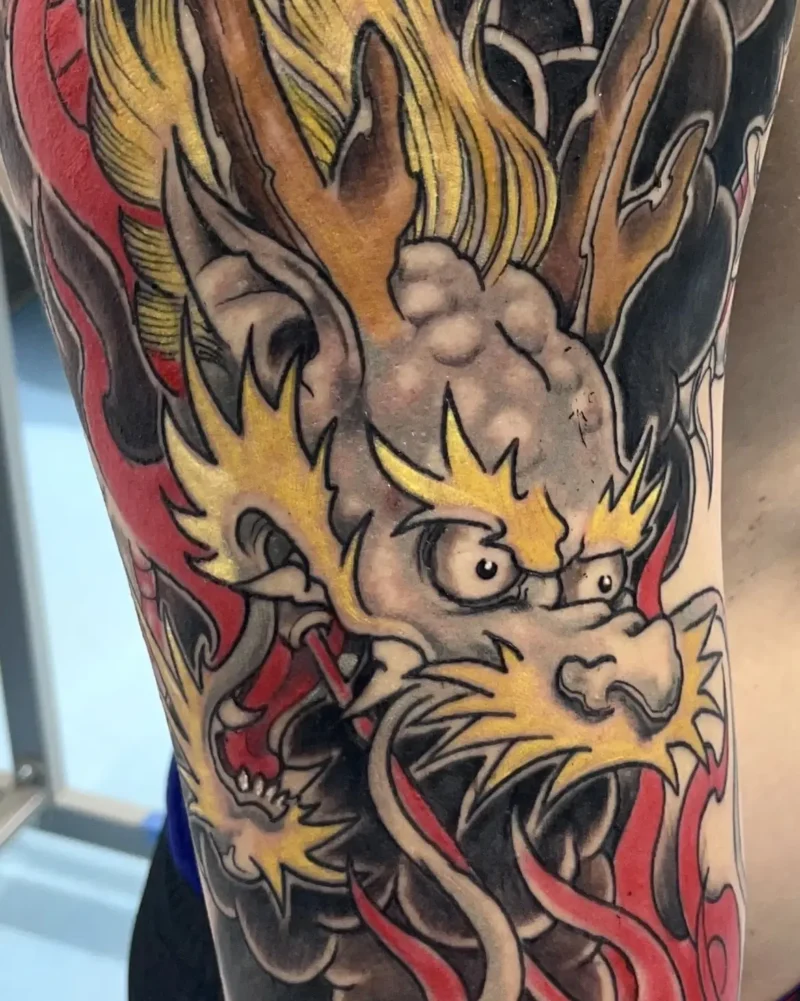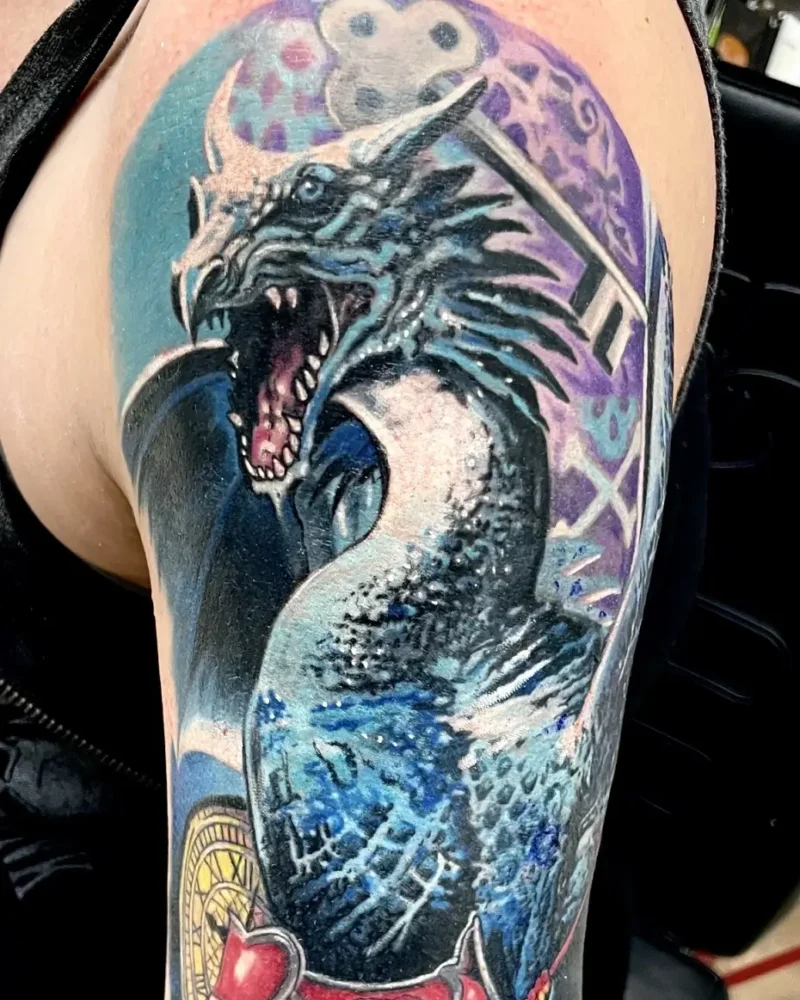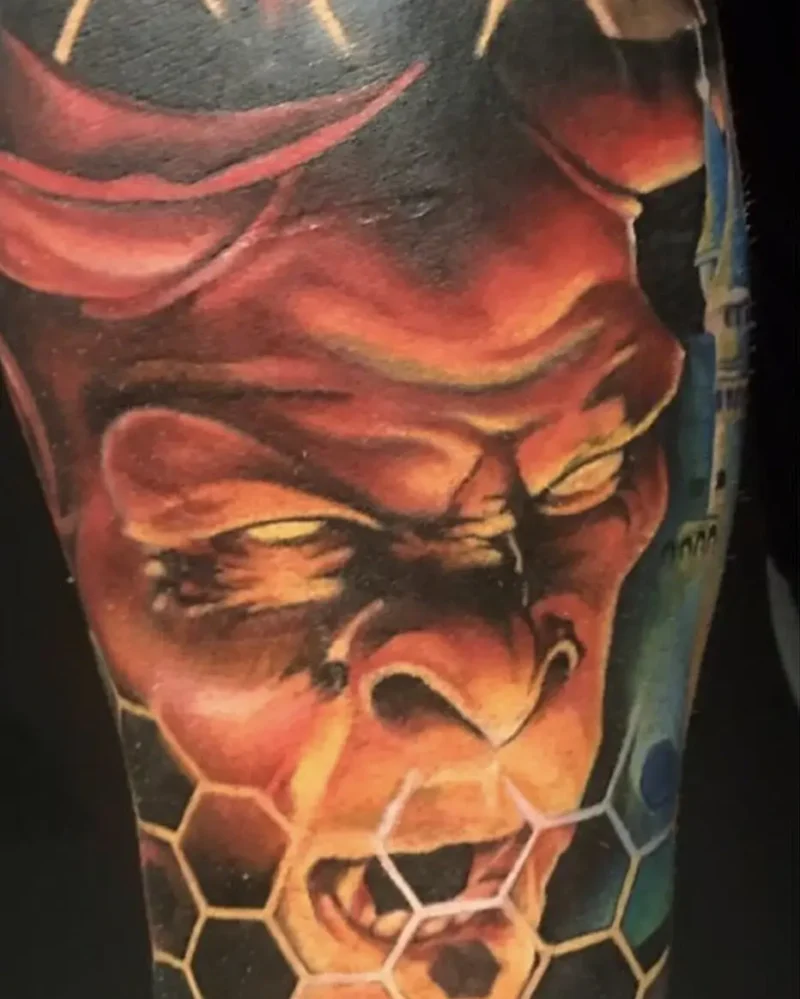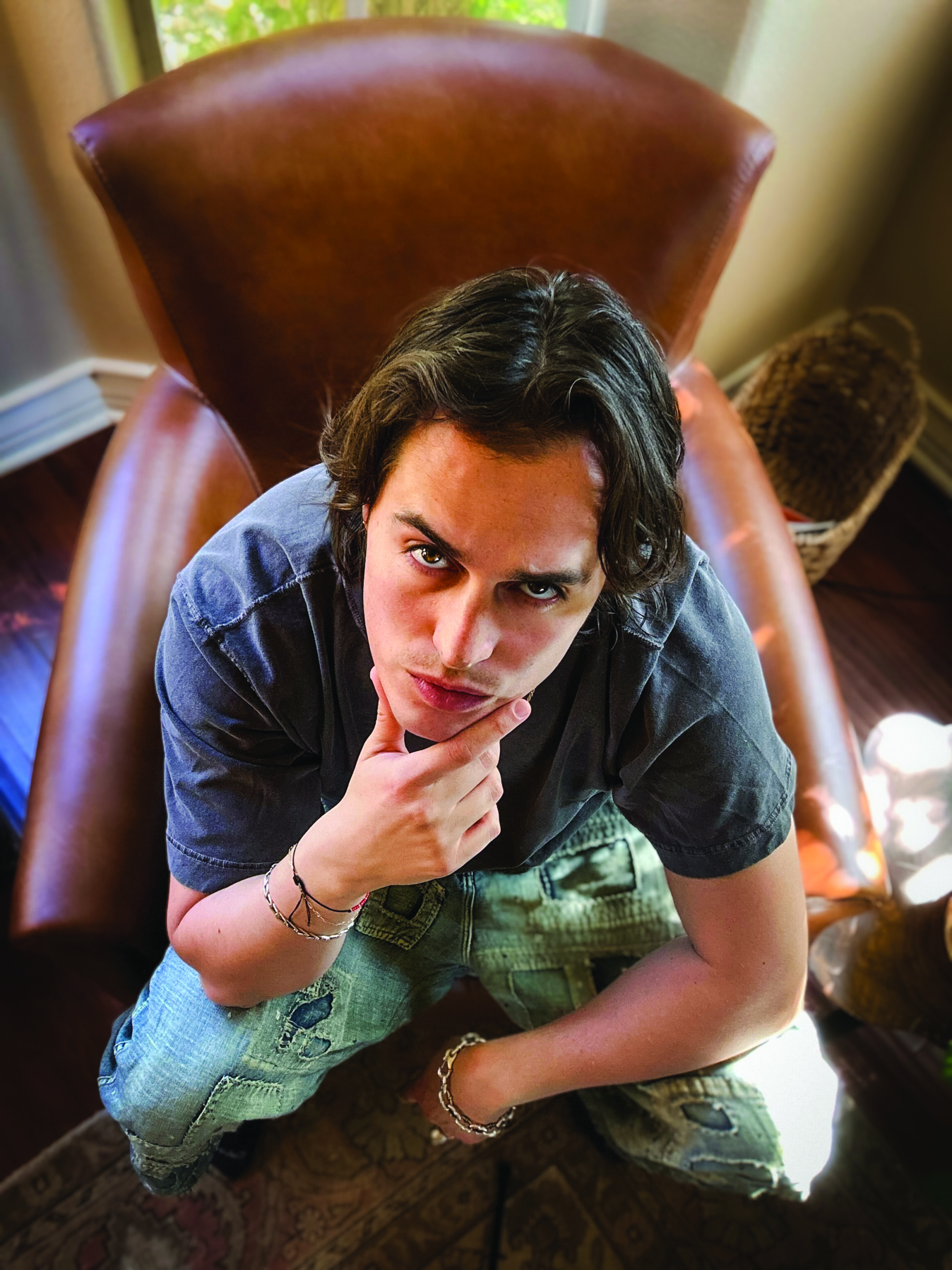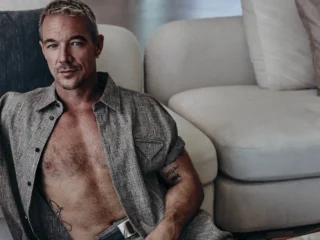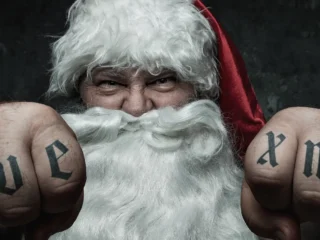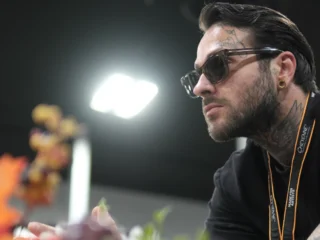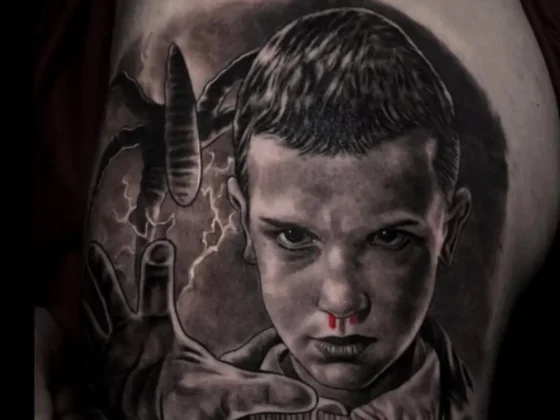Alexandra Shimalla
August 4th, 2025
Inked Culture Crusader
Mario Barth built a tattooing empire from the underground to worldwide recognition.
Mario Barth doesn’t work.
He tattoos clients; raises two kids; travels the globe as the lead guitarist in About Kings; owns two locations of Starlight Tattoos (Las Vegas, Nevada and Rochelle Park, New Jersey); owns Mario Barth Tattoo in Graz, Austria; co-owns Drink’d, a bar in Las Vegas; runs INTENZE Advanced Tattoo Ink; fights local and national governments; educates the industry; holds world records and has more than 200 international awards; organizes tattoo conventions; participates in charity tattoo competitions — but he doesn’t work.
“For me, it’s very simple: I have done nothing different in my life. This is all I do, and this is all I will do. It’s the drive of giving back to the industry that really gave me an awesome life,” Barth says. “As long as I can make an improvement, I will push forward.”
Barth has been known to seek those improvements. He fought the Austrian government to legalize tattooing in 1987, making his shop the first legal store. When he came to America, his studios were purposefully built in areas that prohibited tattooing; he sought those battles and won.
If there’s an opportunity to educate, to make the lives of tattoo artists better, to improve the industry, Barth is spearheading it. This passion for excellence is one of the catalysts for his ink brand.
Blue Cats and Legislation
Barth’s father had a tattoo on his arm and told a young Barth about the process — something Barth jokes that his father probably wishes he hadn’t done. Tattooing was illegal in Austria at the time, due to what tattoos represented during World War II. “It was understandable to me, but I didn’t really care, right? I wanted to tattoo,” he says.
When his friend asked for a skull with a crown, Barth found some needles and writing ink, created a workspace out of the kitchen table, and completed his first tattoo at age 12. By the time he was 18, he was a known artist in the Austrian underground, mainly tattooing prisoners, prison guards, and fellow biker gang members.
He drove 14 hours one-way to buy his first piece of equipment, a situation he describes as sketchy as a modern-day drug deal. They met in a motel room, then he took his girlfriend into another room and gave her a tattoo to ensure everything worked. He still owns that equipment.
“There was no art. You were strictly tattooing. I know this sounds strange because, in today’s time, everything is about art and expression,” Barth says. “Then it was, give me a skull with two pistons and a dagger, and it looked half decent. As a tattoo artist at that time, if somebody would have complained about a tattoo, we would have been in a fist fight.”
He quickly learned how to freehand tattoos and make his own colors. As a concession to his father to allow him to be a professional tattoo artist, Barth went to school and earned his master’s degree in screen printing and graphic art.
Back then, Barth took pre-dispersed pigment, cooked it (more or less) for hours to separate the ink from the water, then used a kitchen blender to create colors. “Cats were running around blue. It was crazy,” he says. “For me, I was so focused on the colors. I was a color artist—always have been, always will be. I was very intrigued to get a steady color.”
When Barth moved to America in 1997, he was exposed to the limited research and science behind ink and ink colors. The more he read, the more he realized how much had to change, so he created his own ink company in 2000: INTENZE, the first color manufacturer to provide ingredient labels on its bottles.
“My belief is that, sooner or later, tattoo pigment has to become a medical product because it’s a foreign substance that gets deposited under the human skin,” Barth explains. “It’s basically with you for the rest of your life, so there’s a natural degradation of the pigment over time.”
Barth became the middleman between the industry and the European government. He spoke for the European Commission’s REACH regulation, which stands for Registration, Evaluation, Authorization, and Restriction of Chemicals. He wants tattoo ink to be transparent and safe.
INTENZE was the first manufacturer to make its pigments 100% in-house. It’s the only tattoo ink manufacturer in the world with a certified ISO 22716-rated facility. The International Organization of Standardization (ISO) governs product safety and reliability; this particular rating applies to cosmetic products. At press time, INTENZE released the first single-dose sterile tattoo pigment in the world.
“I believe the tattoo pigment is the Achilles heel of the tattoo industry,” Barth says. “The end of my job will be when this product is stabilized, recognized, and approved, and can be used by any tattoo artist.”
To achieve that reach and awareness, INTENZE is partnering with Inked Magazine. Barth’s company will be the ink supplier for Inked’s major events. “We need to educate the general public to make a proper decision,” Barth says. “For the people who want that education, who are interested in safety and improving the environment and products, I think Inked plays a huge role in that.”
Editor's Picks
Cacho: One Line at a Time
Ignacio “Cacho” Suarez is redefining tattoo artistry. The L.A.-based fine-line specialist is turning heads with his precise, delicate single-needle work and a philosophy rooted in creativity, kindness, and deep connection.

